From Flush to Flow: How Bidets Conserve Water and Your Wallet
Posted by Travis B on 30th May 2023
Water scarcity and rising utility costs have prompted many individuals and households to explore eco-friendly alternatives for their daily routines. One such innovation that has gained significant popularity is the bidet. Traditionally associated with European and Asian cultures, bidets are now making their way stateside as people recognize their potential to transform water conservation efforts (and positively impact their wallets). Let’s explore how bidets are revolutionizing water usage and helping people save money, all while providing a hygienic and refreshing experience.
Understanding Water Consumption:
To comprehend the impact of bidets on water conservation, it's essential to understand the substantial water usage associated with traditional toilet paper. It might be startling to learn that on average a single roll of toilet paper takes 37 gallons to product, from its beginnings as a tiny sapling through the processing and manufacturing to ending up in your bathroom. And they come in packs of six! Bidets provide an efficient and sustainable alternative by providing a much more thorough cleaning experience. With toilet paper, it can often feel like it’s never quite enough to get you fully clean, so you use more toilet paper, flush a couple times to prevent clogging the toilet, and on and on until pretty soon you’ve used 4 or 5 gallons in one sitting. With a bidet, not only are you using less toilet paper (if at all thanks to the warm air dryers so many bidets feature), you are flushing less, and still getting cleaner than ever!
Saving Money, One Flush at a Time:
Beyond the environmental benefits, bidets can also generate substantial savings on your water bill (and toilet paper supply). As mentioned, because the directed spray of a bidet will get you cleaner quicker, you won’t need nearly as much toilet paper as you’re used to (simply what’s needed to dry off) and you won’t need to regularly flush to prevent overwhelming the toilet or your septic system. It’s a bit of a ripple effect; by cleaning more efficiently, bidets use less water, less toilet paper, and less strain on your wallet.
Keeping Sewers and Septic Systems Safe and Functional
When you’re used to the experience of plain toilet paper, it’s common to want something that can really get the job done.You buy a TP with more ply, quilting, maybe even you try out some “flushable wipes.” Plain toilet paper will break down in sewers and septic systems, no matter how many ply you’re working with, but the refreshing feeling a flushable wipes comes at a cost: they can certainly flush, but they absolutely will not break down one bit. In a sewer system, wipes can cling together and jam things up, necessitating major repairs to your local waste water lines, and the companies offloading the costs by raising your rates. On a septic system, these wipes will collect until eventually they too clog up and a septic pump is in order. Flushable wipes provide comfort now for potentially huge costs down the road, when really all you need is a bidet that can do the job even better.
Conclusion:
Bidets have emerged as a game-changer in water conservation efforts, simultaneously offering economic benefits for individuals and households. By replacing traditional toilet paper usage with efficient and hygienic water cleansing, bidets contribute to a significant reduction in water consumption and utility costs. So, why not make the switch from flush to flow and witness the transformative power of bidets for water conservation and your wallet?
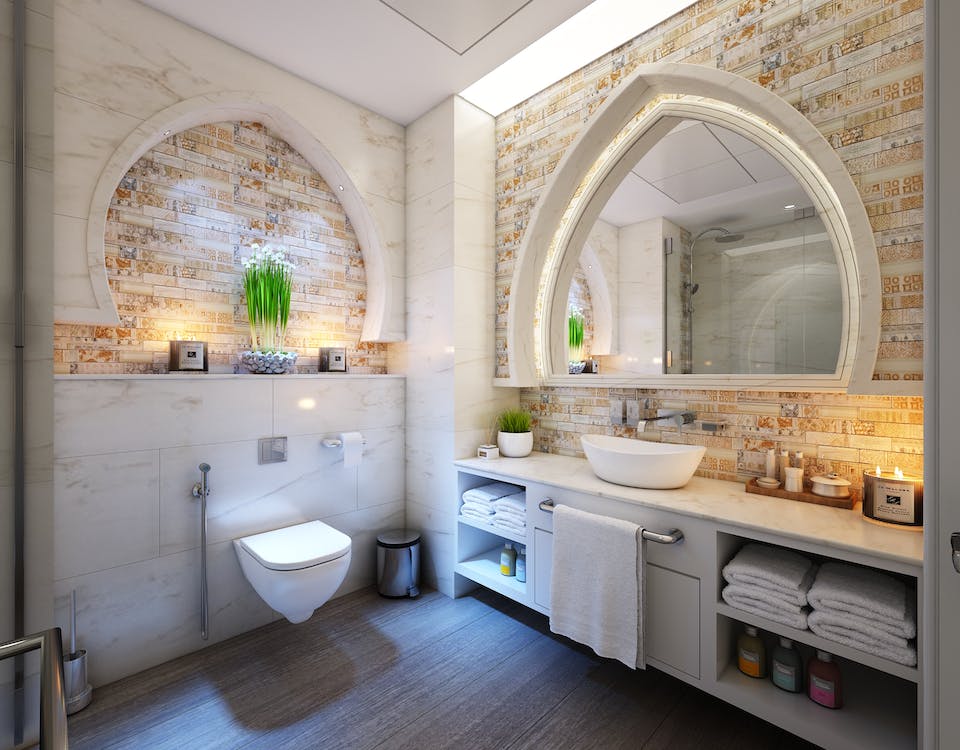
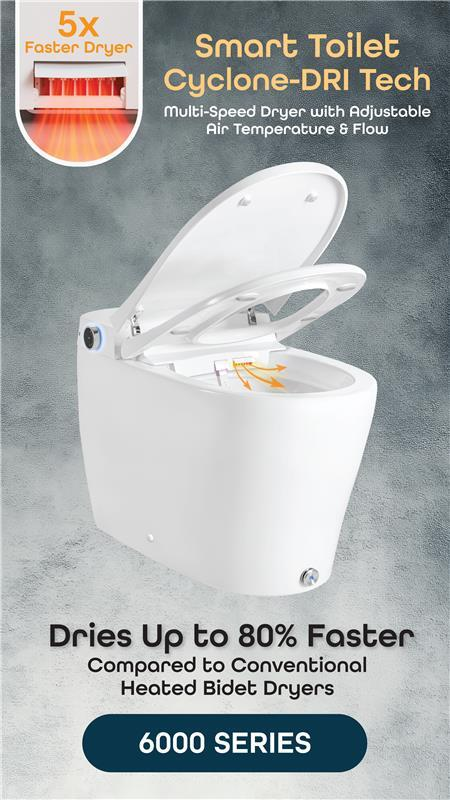
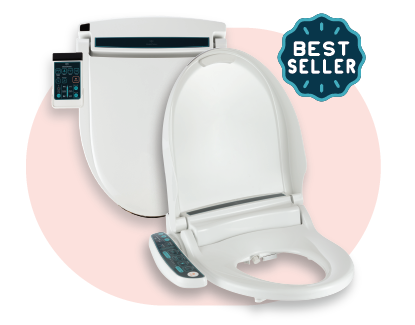


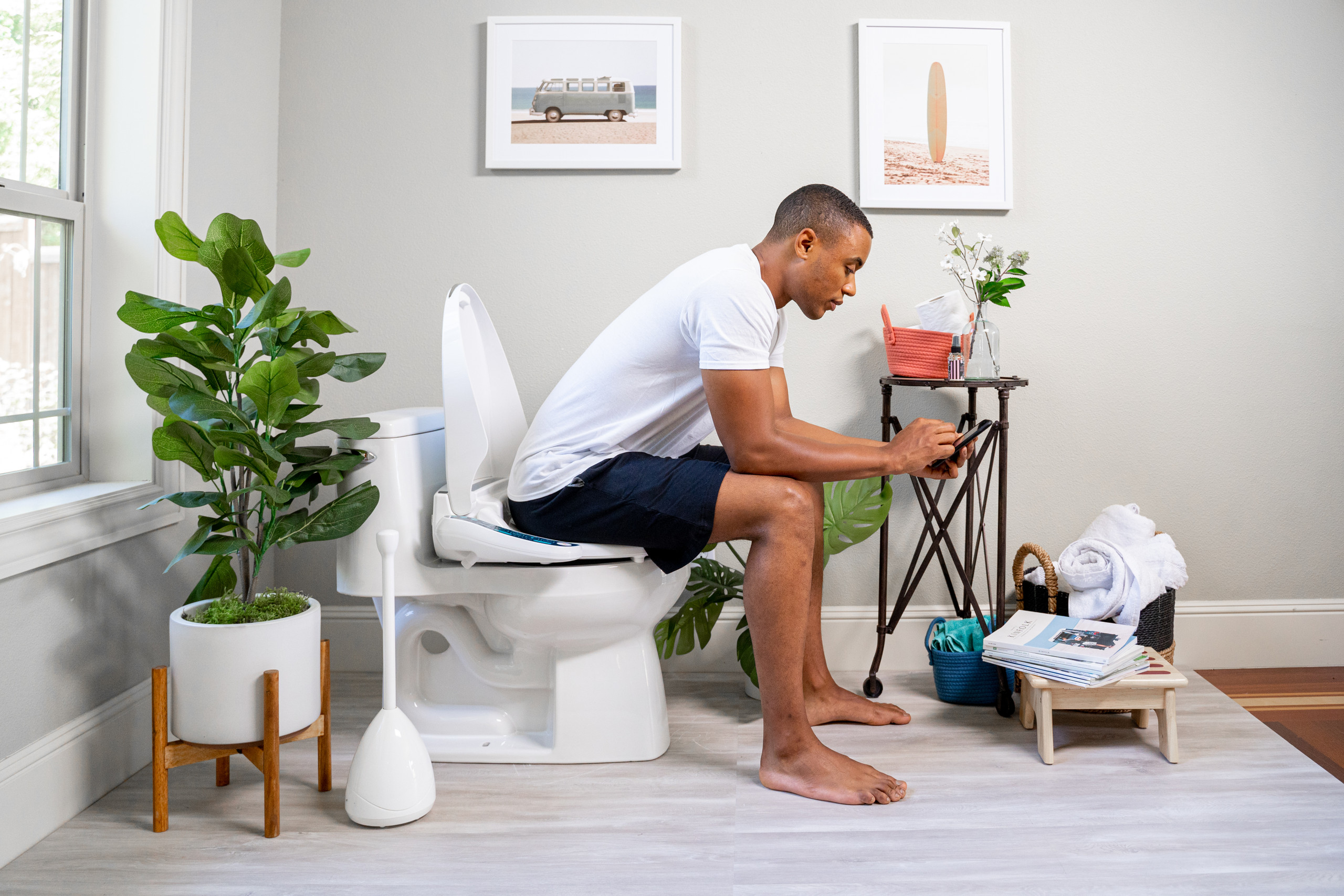


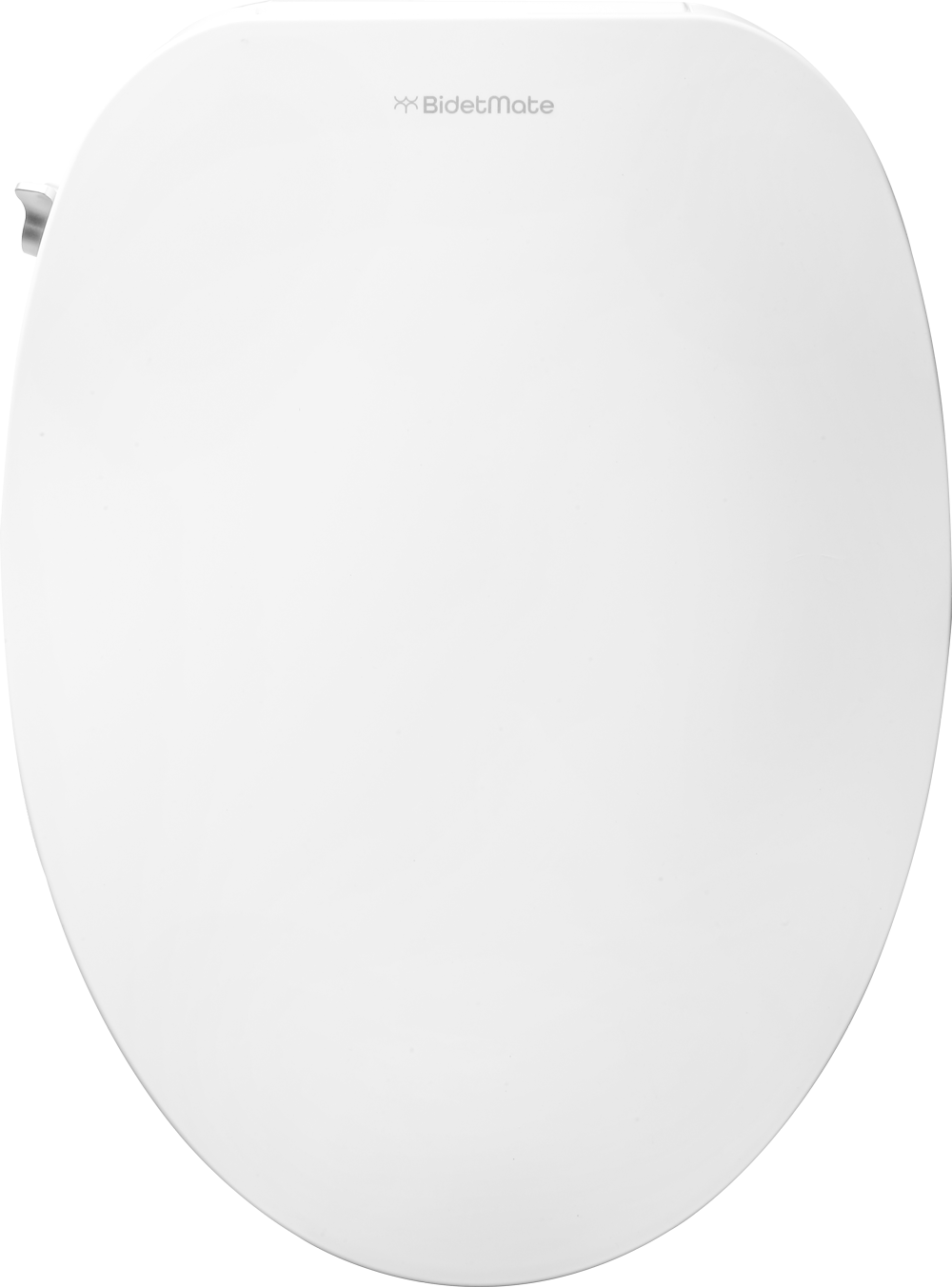
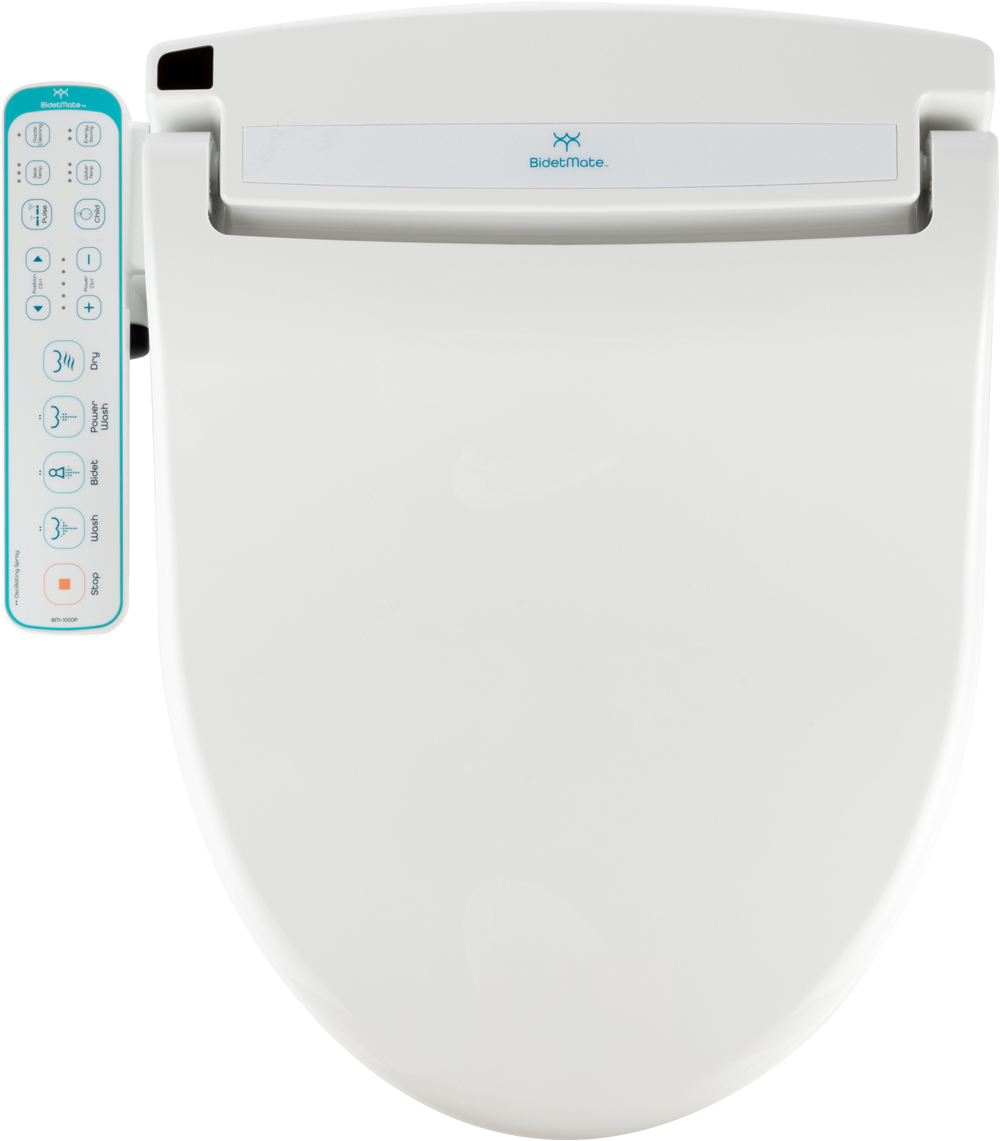
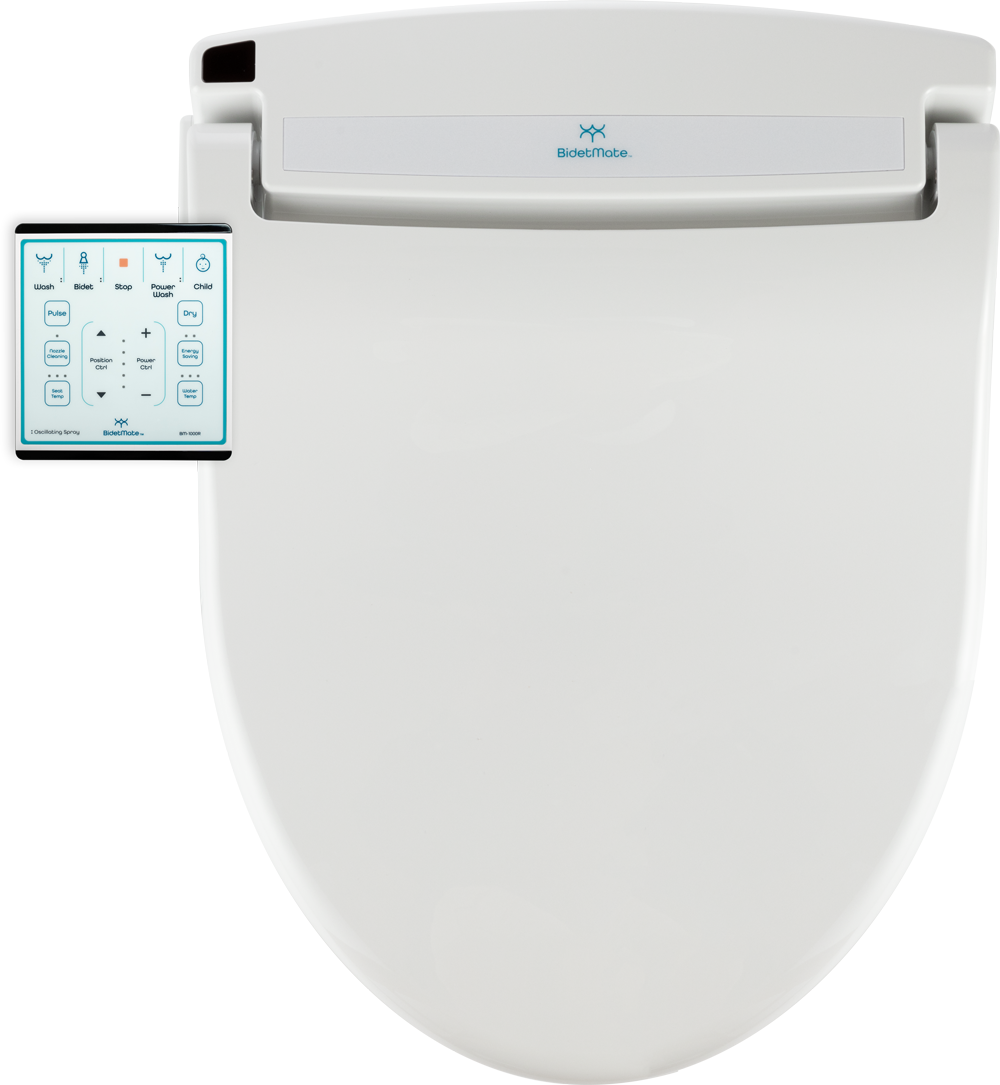


 END Shopper Approved - templates/layout/base.html
END Shopper Approved - templates/layout/base.html